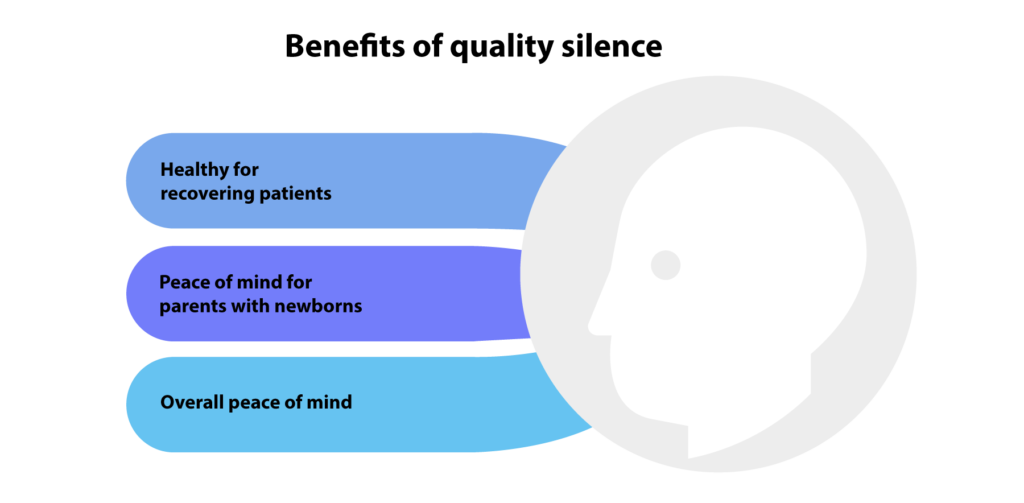Sound and silence
I’ve always been annoyed by loud music, specially people unconcerned with neighborhood etiquette. I live in Harlem and constantly have to be reminded of this fact, it’d be great if we could improve police action so we can all have more tranquility or better yet improve cultural values that make this facet of civic behavior constantly improve in our lives.

Anyone who has researched the effects of sound on the body, the nervous system, blood pressure, mental health, will know there is something to be said about the relationship between noise pollution and general well being.
There is a reason hip hop, bachata or heavy metal are banned in hospitals, since they don’t promote restorative qualities, nor are they beneficial to the state of mind of a suffering person. One need only go to nature, and experience its curative faculties, its silence and harmony of sounds to see the effects these 2 very different wavelengths have on the body.
Plants have also been known to respond positively, grow richer, healthier, stronger, when exposed to classical music, jazz, Native American flutes, or other kinds of cultural music that have harmony. There is also research that supports these types of music as beneficial to the cerebral development on babies, and in music therapy which is an evidence-based clinical use of musical interventions to improve clients’ quality of life.
It’s hard for people to realize the immediate effect a noisy environment. But just as our visual world can be polluted, like Times Square, or our natural environment can be polluted and these have consequences to our lives, our auditory world can have these cluttered and unhealthy characteristics as well.
Sound is a very peculiar phenomenon, as it has even in a dentist setting, an ability to sterilize instruments by pulverizing bacteria with waves.

Research Question
Can the data reveal a pattern of repetitive but preventable noise activity in a particular zone or time, excluding patterns like garbage trucks which are unavoidable, and can these places be policed regularly to reduce noise pollution? Or can there be cultural incentives to educate people about their auditory environment?
Findings
Weekends unsurprisingly are the most noisy for residential claims.
Also unsurprisingly, the lower east side, meat-packing district, and the areas in the Upper West Side that have bars have the most residential noise claims.

I also found Brooklyn is the noisiest neighborhood for residential and commercial noise, with Manhattan coming in second.
The most common type of noise is coming from loud music and parties, especially growing in 2020, probably due to COVID-19 and people partying in their houses instead of bars, and also people being in their homes during work makes then more susceptible to noise and more likely to file a claim.
During the past 3 years, before COVID, the noisiest months were June, September and May.


Audience
Institutions who could take action on this study
-Police
Individuals who are affected by this study
-Recovering hospital on in-house patients
-Parents with newborns
-People’s general well-being
Conclusions and questions
-Predicting noise hotspots for police might save gas and human resources, 311 might reduce the volume of calls, therefor reducing resources and tax money spent responding and reducing the amount of noise.
Next steps
– Using the insights to focus city ad campaigns into these areas.
-Reduce complaints by creating awareness to tenants before moving into the noisiest streets and neighborhoods.


